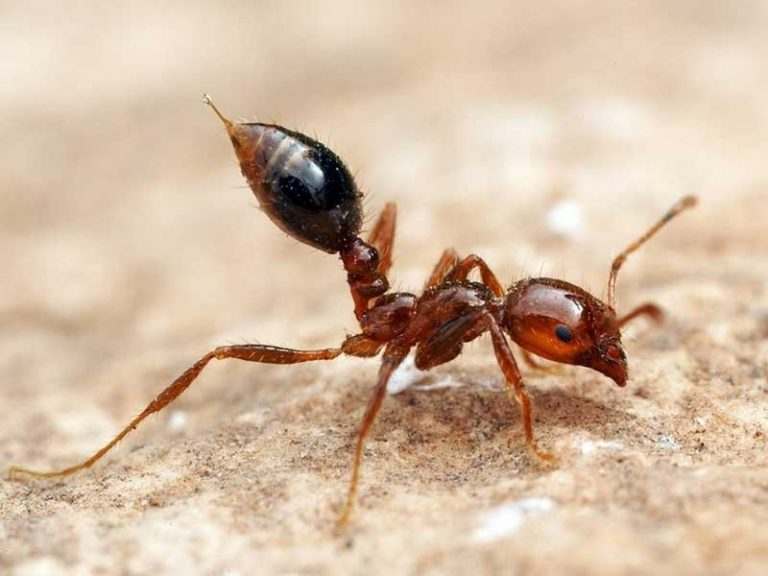Red ants are a type of social insect, also known as fire ants, mainly found in tropical and subtropical regions. The following is a detailed introduction to red ants and their living habits:

Appearance: The body of red ants is red or reddish brown, medium in size, and usually has an obvious waist contraction. The head is relatively large, with two compound eyes and a pair of long antennae.
Body structure: The body of an ant is divided into head, thorax and abdomen. The abdomen is connected to the waist section and the trunk is divided into thorax and abdomen.
Sociality: Red ants are typically social insects and live in large ant nests. An ant nest usually includes different types of ants such as queen ants, worker ants, and soldiers, who perform their own duties and work together.
Nest building: Red ants will build a complex nest system underground or on the ground. The nest includes different areas such as an area for raising larvae, an area for storing food, and an area for queen ant maintenance.
Foraging behavior: Red ants are omnivorous insects that feed on various plant debris, insect corpses and other small organisms. They will spontaneously forage in groups and bring food back to the ant nest to share.
Defense ability: Red ants are highly defensive against their nests and colonies. When they sense a threat, they will attack collectively. Red ants release pungent formic acid and defend their territory by biting and stinging.
Reproductive behavior: The red ant queen is the ant responsible for laying eggs and reproducing, while the workers and soldiers are mainly responsible for caring for the larvae, maintaining the nest, and hunting. The queen ant lays eggs regularly and plays a key role in the ecological balance of the nest.
Life cycle and evolution: The life cycle of red ants consists of egg, larvae, pupa and adult stages. Red ants have a complex and efficient social structure, and this social lifestyle has become the key to their successful reproduction and survival.
Red ants are interesting and highly organized insects whose social nature and collective action make them an important part of the ecosystem. In studying and understanding the living habits of red ants, we can delve into how social insects evolved and responded to different environmental challenges.
animal tags: ant
We created this article in conjunction with AI technology, then made sure it was fact-checked and edited by a Animals Top editor.